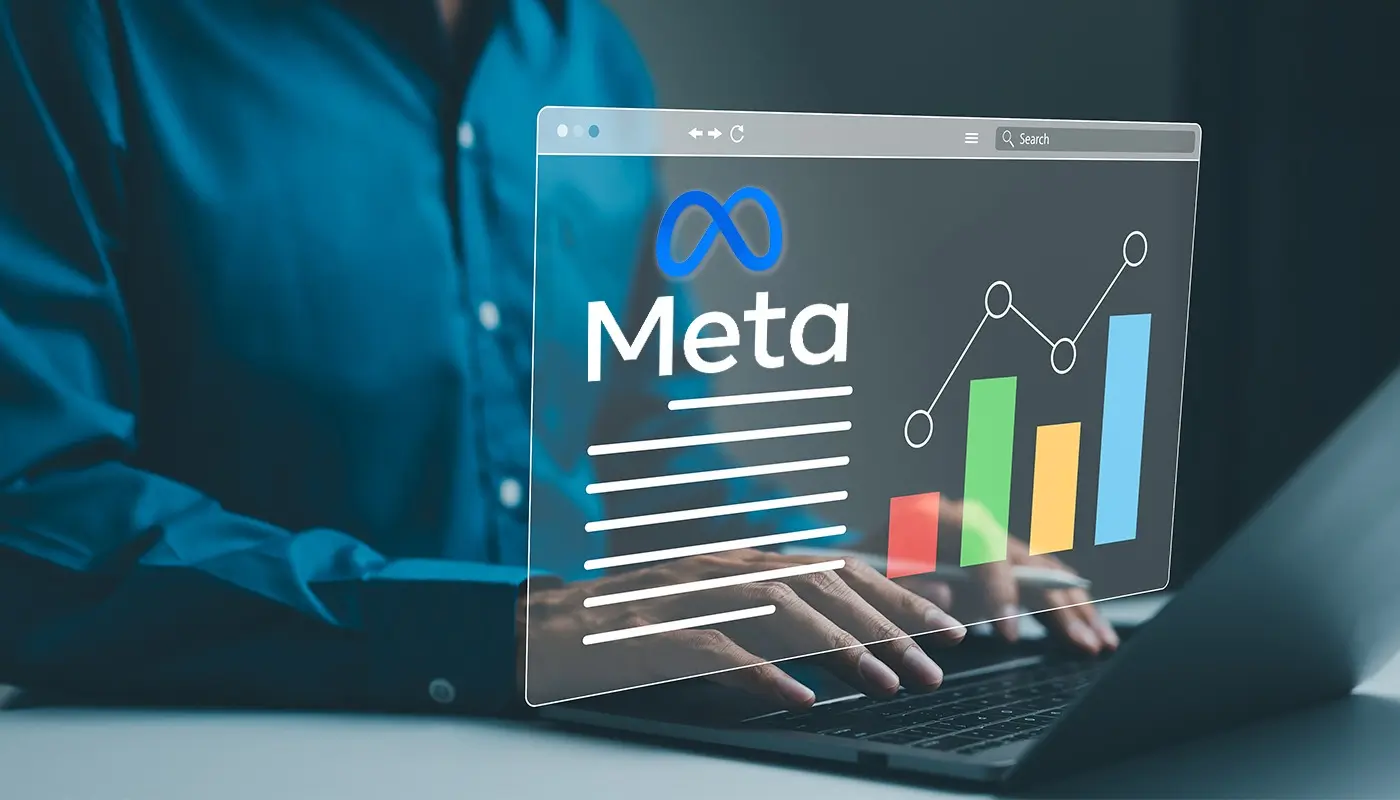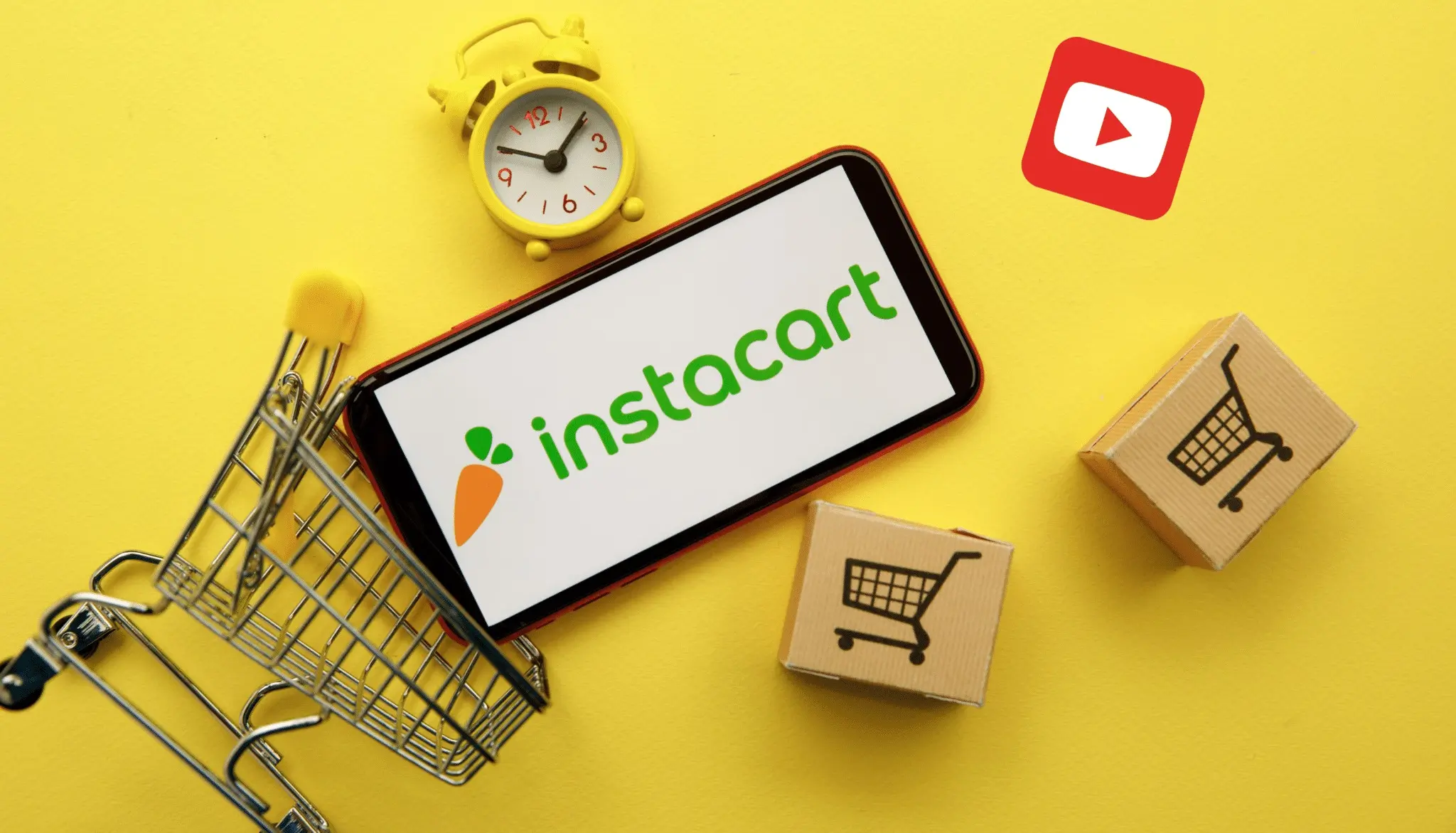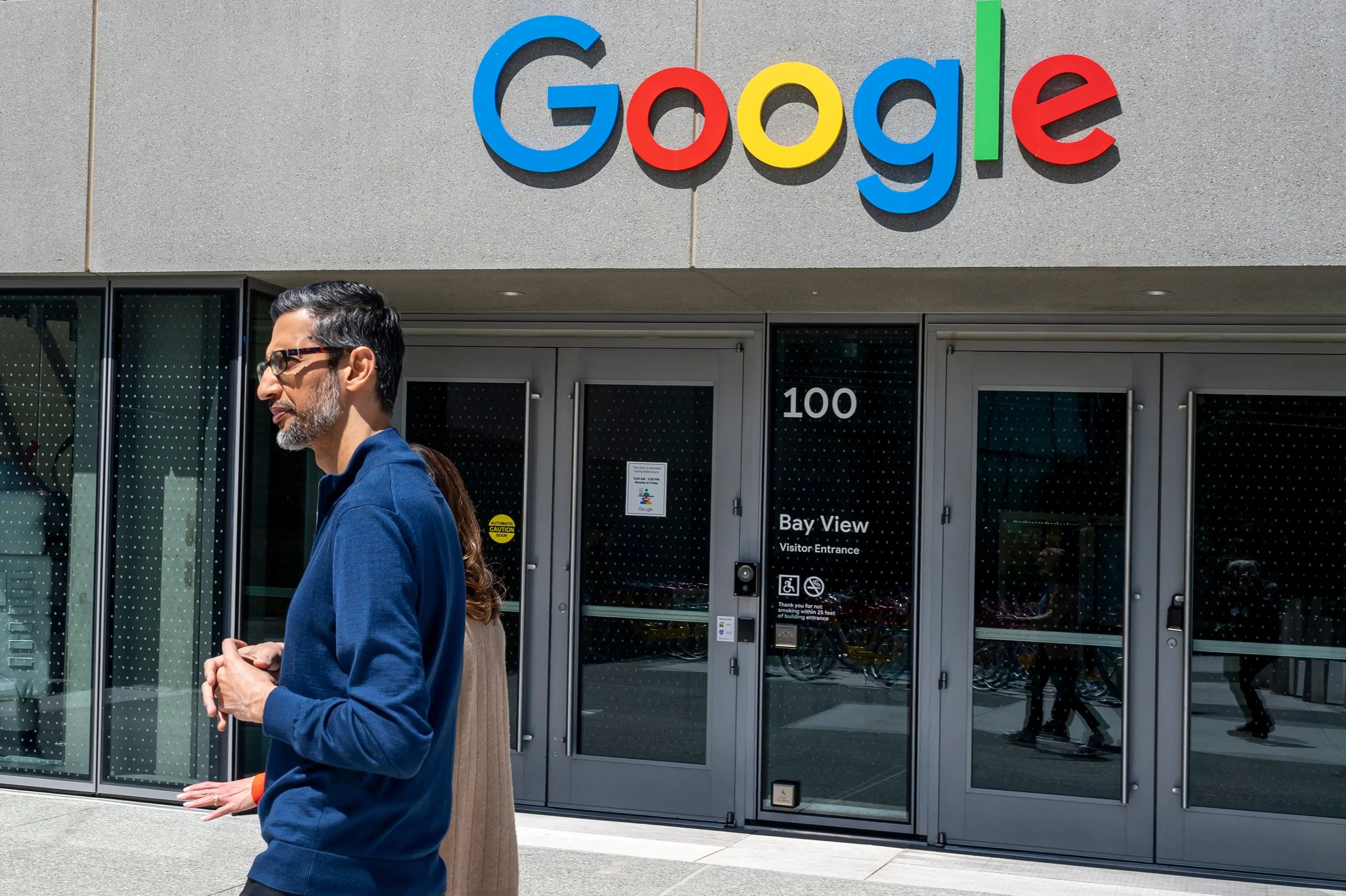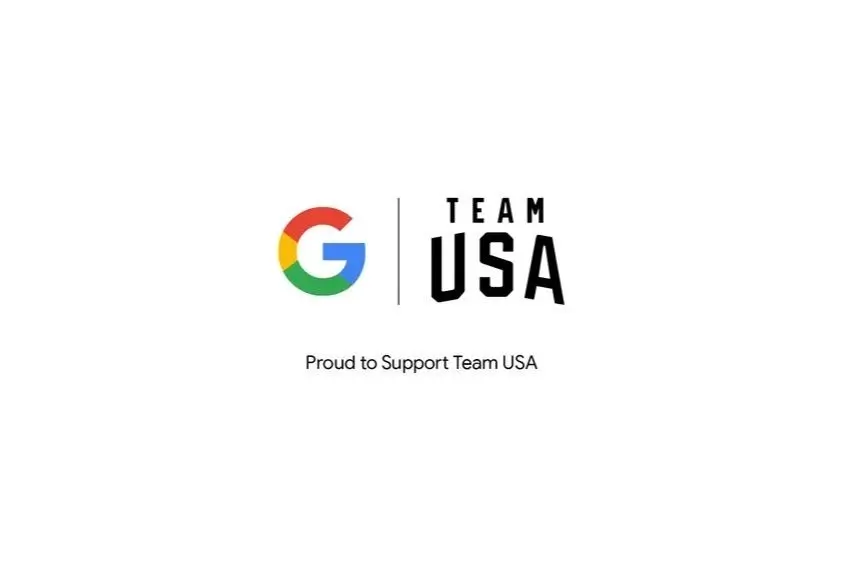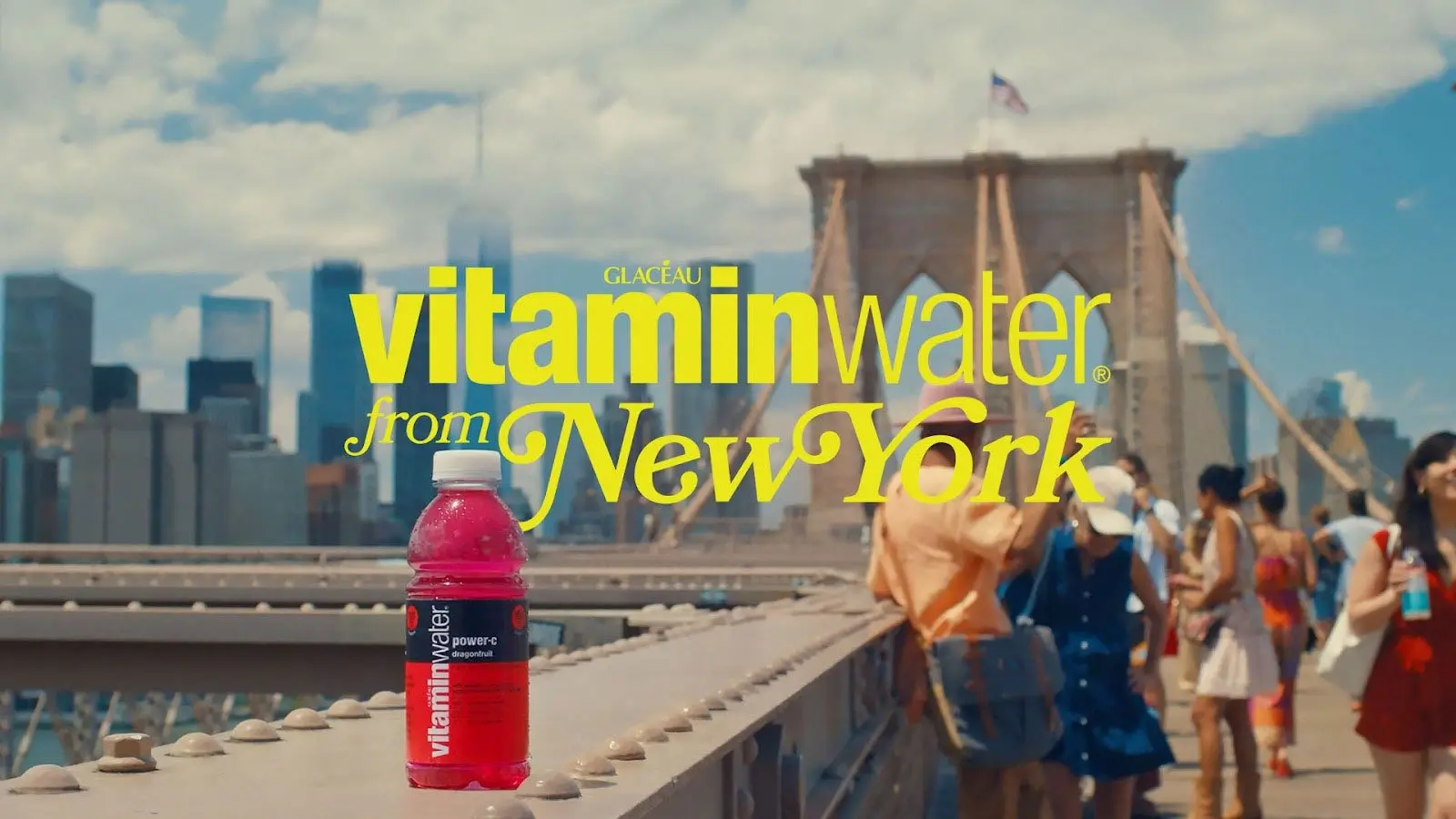By prioritizing an exceptional user experience, positive search rankings are a natural outcome.
Google’s dedication to providing the best search results has driven the creation of sophisticated algorithms that determine which websites dominate the SERP for any given query.
Central to these efforts is a strong emphasis on user satisfaction, which serves as a crucial indicator of a website’s quality and relevance.
By focusing on user experience, Google ensures that the most useful and relevant sites achieve higher rankings in search results.
NavBoost plays a key role in Google’s evaluation of user satisfaction. By analyzing user behavior, especially click patterns, NavBoost refines search rankings in ways that can have a significant impact on SEO strategies.

Exploring NavBoost’s UX Link
NavBoost, originating as far back as 2005, came into the spotlight through Panda Nayak’s testimony during Google’s antitrust trial, sparking curiosity and speculation among SEO experts regarding its potential influence.
The true scope of NavBoost’s role became clearer after the Google Content Warehouse API leak in May.
By examining user interactions with search results, particularly their click behavior, NavBoost identifies which pages hold the most relevance and value for Google users.
This system allows NavBoost to adjust the rankings of webpages—boosting, demoting, or reinforcing their positions based on user engagement.
With click data collected over a 13-month period, NavBoost gains a comprehensive understanding of user interactions and trends, including seasonal fluctuations.
Central to NavBoost’s operation are click metrics that reflect user satisfaction with search results, many of which directly indicate the quality of a website’s user experience (UX).
The NavBoost metrics most significantly shaped by user experience (UX) include:
- Good Clicks: These are clicks that reflect user satisfaction, such as when a user clicks on a result and spends a considerable amount of time on the page or completes a desired action. High rates of good clicks suggest that the content is relevant and engaging.
- Bad Clicks: Conversely, bad clicks indicate user dissatisfaction, such as when a user quickly returns to the search results after clicking a link (a “bounce”). By distinguishing between good and bad clicks, NavBoost can more accurately assess the relevance and quality of a page.
- Last Longest Click: This metric tracks the last page within a search session where users spend the most time. The page that captures the user’s attention for the longest duration is likely to offer the most value, signaling high content quality and user satisfaction. This metric underscores the significance of the final, most prolonged interaction in a session, highlighting content that effectively retains user interest.
These metrics strongly correlate with user satisfaction. A positive user experience is reflected in a higher frequency of “good clicks,” a lower incidence of “bad clicks,” and more instances where a page is the “last longest click.”
Moreover, the relationship between click data and user satisfaction aligns directly with Google’s E-E-A-T (Experience, Expertise, Authoritativeness, and Trustworthiness) framework, particularly in reinforcing the element of trust.
The Role of NavBoost and E-E-A-T
NavBoost plays a significant role in promoting trustworthiness, a key element of Google’s E-E-A-T framework, by prioritizing websites that offer exceptional user experiences. The E-E-A-T framework, which stands for Experience, Expertise, Authoritativeness, and Trustworthiness, is central to how Google evaluates the quality of a website.
User satisfaction is a fundamental aspect of trustworthiness. When users can easily find accurate and relevant information, they are more likely to view the website as credible. This credibility often results in users spending more time on the site, leading to higher “good click” rates and lower “bad click” rates.
It’s important to remember that while NavBoost emphasizes user experience, it is just one part of Google’s broader evaluation process. Other E-E-A-T factors, such as the expertise and comprehensiveness of the content, are equally critical. A holistic approach that balances all E-E-A-T elements is essential for achieving long-term success in search rankings.
Optimizing for User Engagement
Whether the goal is to enhance trust or improve click metrics, effective user engagement hinges on actionable UX strategies designed to increase interaction and time spent on your site. Here are six tactics to achieve this:
- Clear Website Architecture A well-structured website makes navigation intuitive and straightforward for users. By organizing content through clear categorization, intuitive menus, and effective use of breadcrumbs, users can easily find what they’re looking for. This streamlined experience can lead to longer time spent on the site and lower bounce rates, both of which positively impact NavBoost signals.
- Mobile-First Optimization With the majority of users accessing websites through mobile devices, optimizing for mobile is crucial. To enhance mobile user experience and improve NavBoost performance, consider the following:
- Responsive Design: Ensure your website adapts seamlessly to various screen sizes, offering an optimal viewing experience on all devices.
- Touchscreen Optimization: Design interactions that are intuitive for touchscreens, with large, easily tappable elements. Make sure buttons and links are easily clickable with fingers.
- Simplified Navigation: Create concise navigation menus that are tailored to smaller screens.
- Fast Load Times: Load time is particularly critical for mobile users, who may be on slower connections. Prioritize speed to keep users engaged.
- Page Speed Fast page loading times are essential for a positive user experience. Slow sites frustrate users, leading to higher bounce rates and less time spent on the site. Conversely, a fast-loading website enhances satisfaction. Here are specific tactics to optimize page speed:
- Optimize Images: Compress images without compromising quality, and use modern formats like WebP and AVIF. If you’re using WordPress, consider a plugin that automatically converts and loads these formats based on the user’s browser.
- Streamline Code: Minimize the size of CSS and JavaScript files, and optimize their delivery for faster loading.
- Leverage Browser Caching: Improve load times by storing static resources locally on users’ devices, so they don’t have to be reloaded on every visit.
- Use a Content Delivery Network (CDN): Distribute your website’s content across multiple global servers to reduce latency by delivering content from the server closest to the user.
These tactics, when effectively implemented, can significantly enhance user engagement, contributing to better NavBoost metrics and overall site performance.
Visual Design and Interactive Elements
A visually appealing website that incorporates engaging elements can significantly improve the user experience. By using high-quality images, videos, and interactive components, you can capture users’ attention and encourage them to explore your site further. A well-designed website not only looks good but also keeps users engaged, leading to longer sessions and more page views.
Strategic Internal Linking
Strategic internal linking is a powerful tool for enhancing user experience. By guiding users to relevant content within your website, you help them find the information they need more efficiently. Additionally, effective internal linking aids search engines in discovering and indexing your pages. Improving your internal linking structure can result in increased time on site and lower bounce rates.
Content Quality
Although content quality isn’t a direct UX component, it is crucial to a positive user experience. High-quality, informative, and engaging content that addresses user needs and provides value is essential. Well-written and optimized content is more likely to keep users engaged, resulting in longer sessions and increased page views.
Conclusion
By focusing on these UX elements—visual design, interactive components, strategic internal linking, and content quality—you can create a user experience that aligns with the principles of NavBoost. This approach not only enhances user satisfaction but also has the potential to improve search rankings.
User-Centricity is Key
Placing the user at the core of your strategy is vital for achieving SEO success. This approach aligns perfectly with Google’s mission, which is to provide the most relevant and valuable results to its users.
Google leverages NavBoost to fine-tune the search results, ensuring an optimal mix of content that meets users’ needs. As such, user satisfaction plays a pivotal role in NavBoost’s algorithm, making it a crucial aspect of your SEO efforts.
This is where the importance of UX (User Experience) comes into play.
While NavBoost evaluates user behavior over a 13-month period, it’s never too late to start enhancing your website’s UX. Every positive change you make today will begin to shape user interactions, setting the stage for sustained success in the long run.




